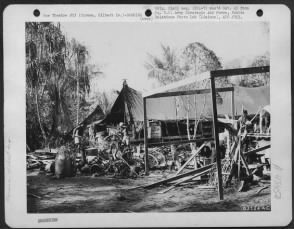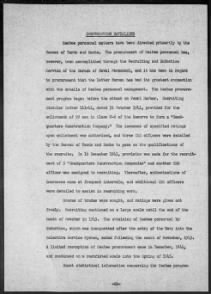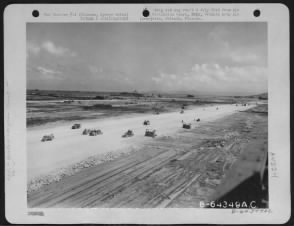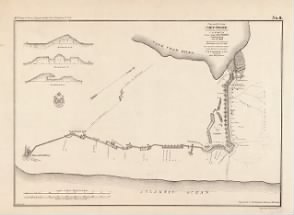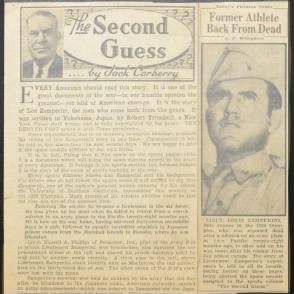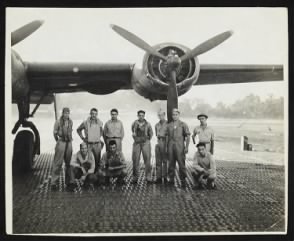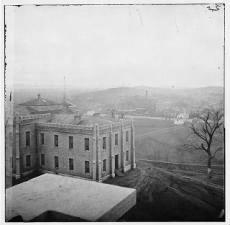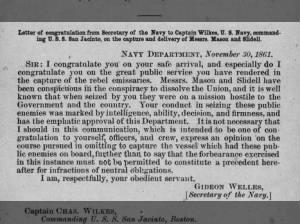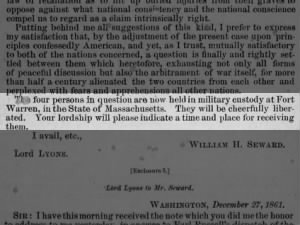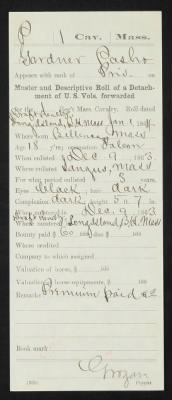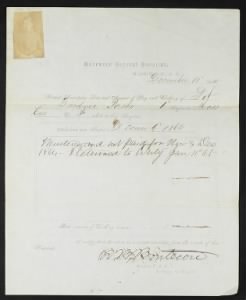
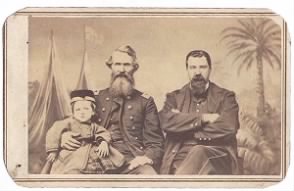
One of our newest collections on Fold3 is The Civil War Horse Soldier Artifacts Collection. Like the title suggests, this collection contains images of Civil War artifacts from the Horse Solider antique store in Gettysburg, Pennsylvania.
Many of the artifacts are photographs of soldiers, but there are also some images of weapons—like guns and swords—as well as images of belts, drill and tactics manuals, official documents, letters, medals, uniforms, cartridge boxes, mess kits, and other personal effects. Most artifacts included in the collection are accompanied by a detailed written description and history of the item, and many also include a brief biography of the soldier the item belonged to.
Some interesting finds in the Horse Soldier collection include:
- A three-generation photo of males in a Union family
- A bayonet and scabbard belonging to a private in the Pennsylvania Volunteers
- The Civil War diary of a private in the New Jersey Infantry
- Army-issue plate, cup, and utensils owned by a private in the 11th Massachusetts Battery
- The officer’s sword of a captain in the New York Volunteers
- A .69 caliber rifled-musket made by the Harper’s Ferry Arsenal and carried by a member of the Massachusetts Volunteer Infantry
- A post-war United Confederate Veterans colonel’s uniform
- A Union carbine cartridge box used by a Confederate soldier in the Kentucky Cavalry
- A belt with a cap box worn by a private in the Minnesota Infantry
Although we hope that you find something that belonged to one of your Civil War ancestors in the collection, even if you don’t, the artifacts can help you get an idea of the types of items your relatives may have owned during their time in the military.
Interested in Civil War artifacts? Get started searching or browsing Fold3’s Horse Soldier collection here. Or search all Fold3 collections here.


